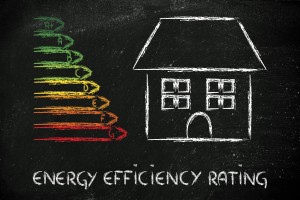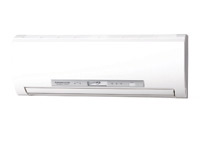 During the warm summer months, when humidity is at its highest and heat at its hottest, hot, stuffy offices lead to stressed employees. Office productivity can slide and tempers fray quickly. Open windows increase noise levels, invite insects to further increase discomfort, and reduce office security. Heat also plays havoc with office equipment: it’s not only people that work less efficiently. A ducted air conditioning Brisbane system is the air conditioner of choice for the modern office, helping to reduce or remove all the problems that Queensland’s hot summer causes.
During the warm summer months, when humidity is at its highest and heat at its hottest, hot, stuffy offices lead to stressed employees. Office productivity can slide and tempers fray quickly. Open windows increase noise levels, invite insects to further increase discomfort, and reduce office security. Heat also plays havoc with office equipment: it’s not only people that work less efficiently. A ducted air conditioning Brisbane system is the air conditioner of choice for the modern office, helping to reduce or remove all the problems that Queensland’s hot summer causes.
Why ducted air conditioning is best for Brisbane offices
Split air conditioning systems work fantastically well in the home. They are compact, and can have wall-mounted units which look good outside. They can be used for heating and cooling, and work perfectly for single rooms. But for an office building, something with rather more punch is required. This is where ducted air conditioning proves invaluable in Brisbane.
A ducted air conditioner Brisbane is easily controlled to provide the optimum temperature and humidity. It is also probably the quietest of all air conditioning types. The system is controlled from a single device, enabling a constant temperature in each office within a building or across a large open office.
Benefit from a uniform environment
With all offices cooled, a ducted air conditioner provides a constant and consistent working environment. People moving from office to office will no longer go from hot to cold. Areas of work in an open office environment will all be equally cool. Spaces near a window will benefit from the same coolness as those on the other side of the office floor.
When office temperatures are correctly controlled, people work better. They become less stressed and produce more work of a higher standard; offices become more like the productive place they are designed to be and less like a gladiatorial battle ground.
Ducted air conditioners Brisbane are the ideal solution, no matter what size and style of office. They are designed for units to be positioned in ceiling recessed or under false floors. They work almost noiselessly and allow the maintenance of a constant environment. Your people will work better, feel more relaxed, and produce work of a higher quality.

 Energy bills never seem to fall, and according to the latest data from the
Energy bills never seem to fall, and according to the latest data from the 